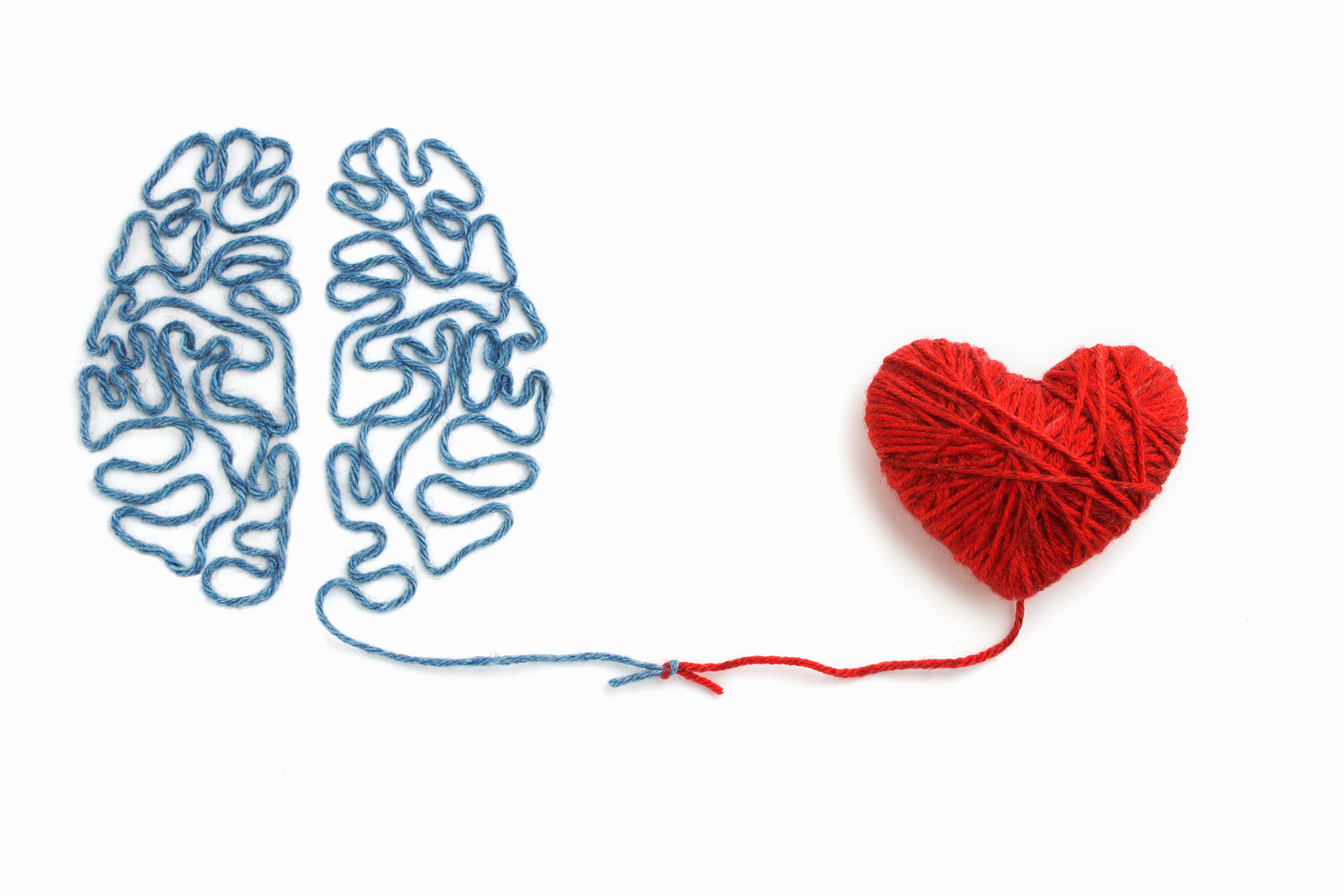We’ve all felt how draining fear-based emotions can be. Nothing saps our team’s life force more than panic, overreaction, and upset that is unfounded.
Emotions Have Energy
Thanks to David Hawkins, MD, PhD, we have proof that emotions have measurable energy and can either foster or negate actual cell life. Dr. Hawkins’s groundbreaking work, as explained in his book Power vs. Force, shows how a person’s log level, the measurable energy level in his or her magnetic field, increases as that person experiences more positive emotions. Hawkins’s most interesting finding was that cells actually died when the log level was below 200, where the emotions of scorn, hate, anxiety, shame, regret, despair, blame, and humiliation reside. This evidence provides us with further reason for us to regulate and manage our emotional state, not just for our overall well-being (and that of those around us) but also for our physical health.
Identify The Emotion
To consent to our emotions, we first need to know what they are. But only a select few of us can accurately identify our emotions as they occur. According to Travis Bradberry, author of Emotional Intelligence 2.0:
“Our research shows that only 36 percent of people can do this, which is problematic because unlabeled emotions often go misunderstood, which leads to irrational choices and counterproductive actions.”
Wow.
We see it in our training sessions and executive coaching sessions all the time. This is why the Emotion Wheel is so helpful.

You can use the Emotion Wheel from the inside out to identify your primary emotions first, and then move outward. Or you can move from the outside in, if your specific emotion seems clear and you want to identify the primary emotion beneath it. Or you can simply pop around as you explore and identify how you feel.
Generally, we’ve found that people experiencing intense emotion will first identify with the main emotions in the inner “pie” slices, while those experiencing less intensity will often identify emotions on the very outer rim. Either way, when we can name how we feel, we become more present to our current situation. And we must be present before we can shift it. There are, of course, many emotions not on the wheel. Use this tool as a way to “prime the pump,” so you can then identify the emotion you are currently experiencing.
Make A Choice
Here’s a quick exercise to help you experience the energy of both resistance and consent, using the Emotion Wheel. Let’s assume you’re learning something new, and you’re a little bit confused. You now have a choice:
Confusion → resistance and/or rejection → frustration → anger → dismissal → reject learning
or:
Confusion → consent → curiosity → inquiry → open-mindedness and/or new perspective → embrace learning
Which path do you default to? Which path would you like to default to?
Make sure to keep the Emotion Wheel handy and share it with your team!
Christine Comaford is the best-selling author of Power Your Tribe: Create Resilient Teams in Turbulent Times and SmartTribes: How Teams Become Brilliant Together, and a leadership and culture coach. She hosts Beyond The Brain, a Retreat In Mindfulness and Ancient Wisdom every October and the Conscious Leaders Tribe, which meets monthly via web meetings. Learn more at SmartTribes Institute.


